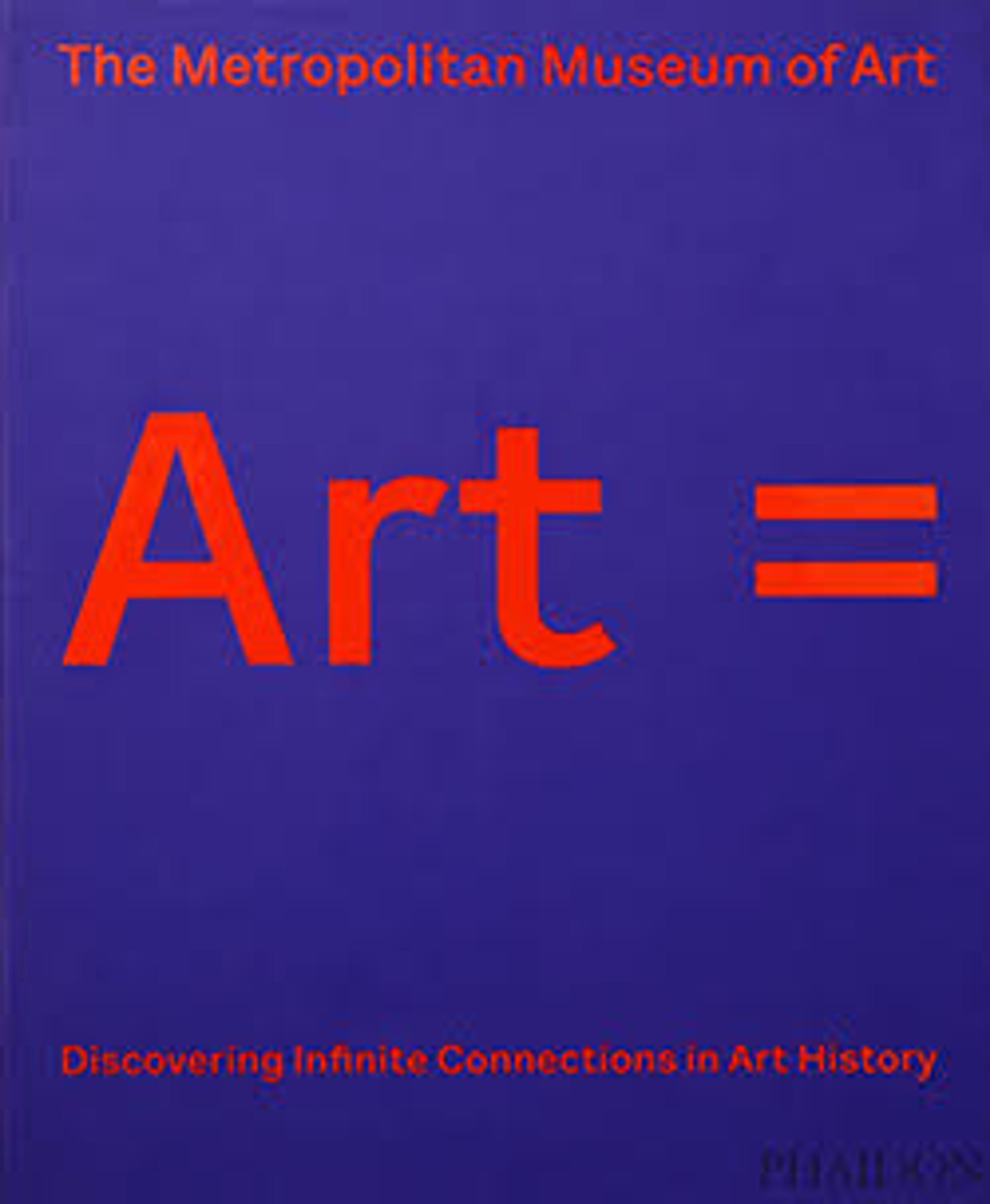Salome with the Head of Saint John the Baptist
At a fateful banquet, Salome was granted one wish by her stepfather, King Herod. Stunningly, she asked for the head of John the Baptist on a platter because he opposed her mother’s marriage to the king. Solario’s unusual composition includes only the hand of the executioner, de-emphasizing his role in the gruesome scene and placing the blame (literally and figuratively) in Salome’s hands. Solario’s style was shaped by his travels. In Venice he encountered Netherlandish influences that were popular in the city. In Milan he was inspired by Leonardo da Vinci’s naturalism and delicate treatment of light. Solario executed this picture in France at the castle of Cardinal Georges d’Amboise, where he worked alongside French and Italian architects and sculptors.
Artwork Details
- Title: Salome with the Head of Saint John the Baptist
- Artist: Andrea Solario (Italian, Milan ca. 1465–1524 Milan)
- Date: ca. 1507–9
- Medium: Oil on wood
- Dimensions: 22 1/2 x 18 1/2 in. (57.2 x 47 cm)
- Classification: Paintings
- Credit Line: The Friedsam Collection, Bequest of Michael Friedsam, 1931
- Object Number: 32.100.81
- Curatorial Department: European Paintings
More Artwork
Research Resources
The Met provides unparalleled resources for research and welcomes an international community of students and scholars. The Met's Open Access API is where creators and researchers can connect to the The Met collection. Open Access data and public domain images are available for unrestricted commercial and noncommercial use without permission or fee.
To request images under copyright and other restrictions, please use this Image Request form.
Feedback
We continue to research and examine historical and cultural context for objects in The Met collection. If you have comments or questions about this object record, please contact us using the form below. The Museum looks forward to receiving your comments.
